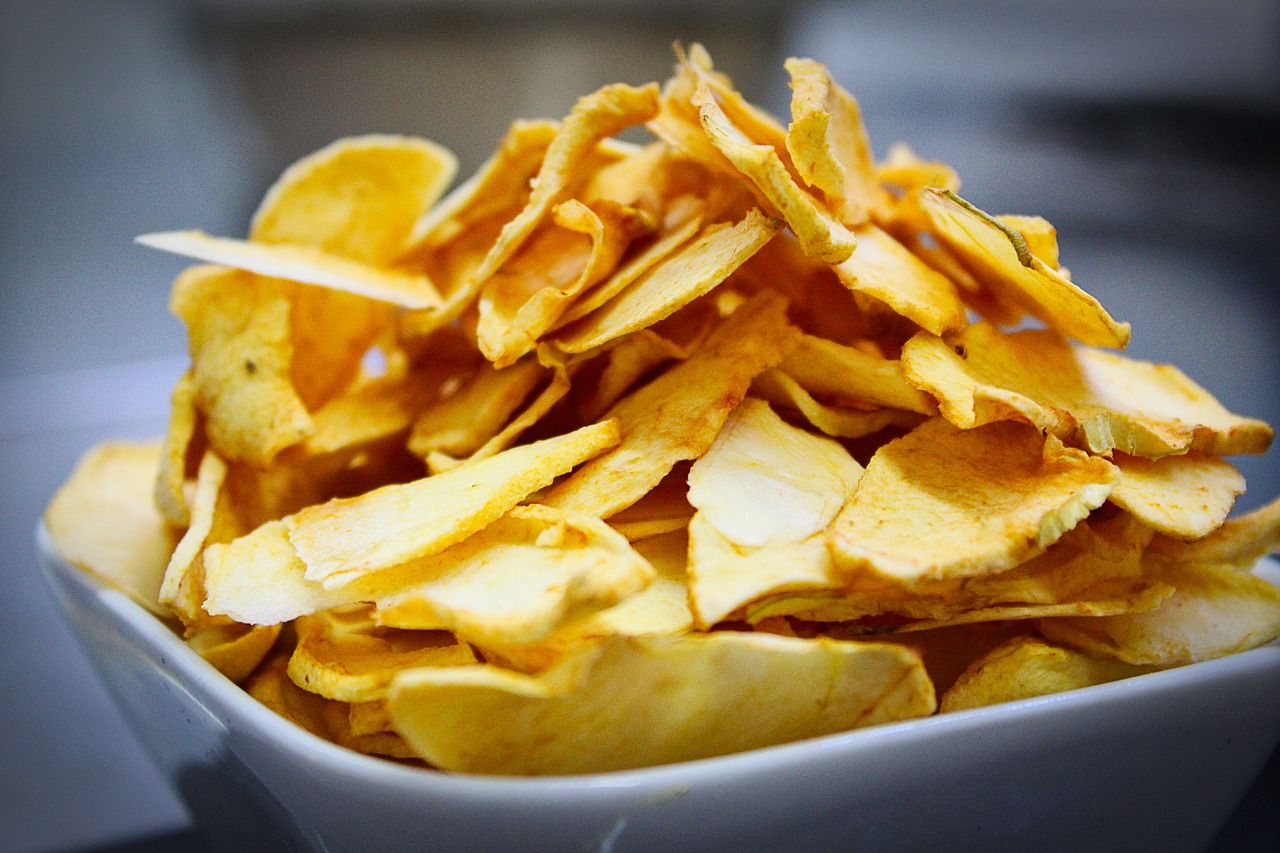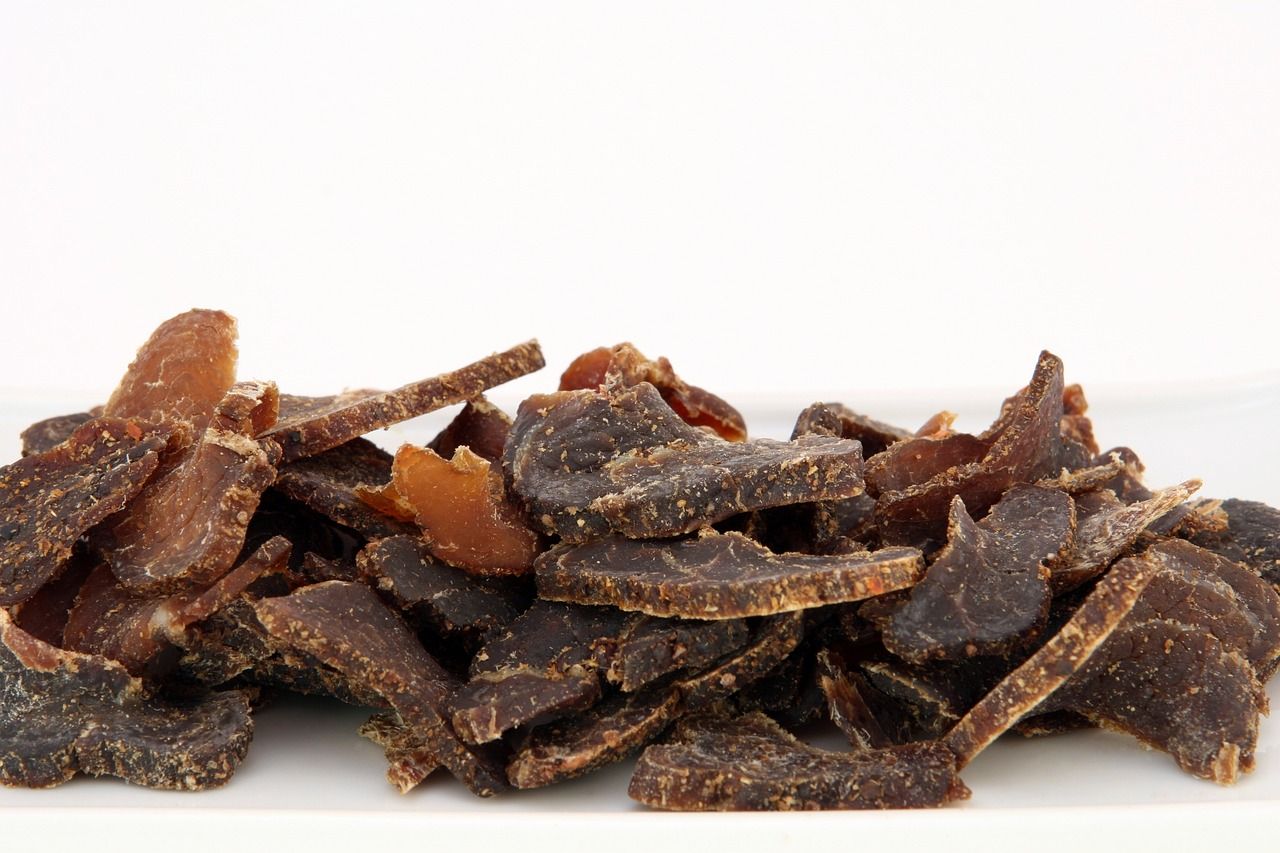How to Preserve Your Backyard Harvest: Dehydration and Canning Techniques

There’s nothing quite like the taste of fresh fruits and vegetables straight from your own backyard. But when you have a bountiful harvest, it can be difficult to consume all of it before it goes bad. That’s where preservation techniques come in - they allow you to make the most of your harvest and enjoy your homegrown produce long after the growing season has ended. In this article, we’ll cover two popular preservation methods - dehydration and canning - that will help you get the most out of your backyard harvest.
Dehydration
Dehydration is a simple and effective way to preserve fruits and vegetables. By removing the moisture from the produce, you can extend its shelf life and create delicious and nutritious snacks.

Here’s how to get started
- Choose your produce: Not all fruits and vegetables are suitable for dehydration. Some of the best options include apples, bananas, berries, carrots, cherries, grapes, mangoes, peaches, pears, and tomatoes.
- Wash and prep your produce: Rinse your produce thoroughly and remove any stems, pits, or seeds. Slice your produce into even pieces to ensure that it dehydrates evenly.
- Dehydrate your produce: There are several ways to dehydrate produce, including using a dehydrator, an oven, or the sun. Using a dehydrator is the most efficient method, but if you don’t have one, you can use your oven or the sun. If using your oven, set it to the lowest temperature possible and leave the door slightly ajar to allow moisture to escape. If using the sun, lay your produce out on a tray and cover it with cheesecloth to protect it from insects.
- Store your dehydrated produce: Once your produce is fully dehydrated, store it in an airtight container in a cool, dry place. Dehydrated fruits and vegetables can last for months if stored properly.
Canning
Canning is another popular preservation method that allows you to enjoy your backyard harvest for months to come. Here’s how to can your fruits and vegetables:
- Choose your produce: Not all fruits and vegetables are suitable for canning. Some of the best options include tomatoes, peaches, pears, apples, berries, and green beans.
- Prep your produce: Rinse your produce thoroughly and remove any stems, pits, or seeds. Cut your produce into the desired size and shape.
- Sterilize your canning jars: Wash your jars and lids in hot, soapy water and rinse them thoroughly. Place your jars in a pot of boiling water for 10 minutes to sterilize them.
- Heat your produce: Place your prepared produce in a pot and heat it to the desired temperature. For most fruits and vegetables, this will be 190°F.
- Fill your jars: Using a ladle and a funnel, fill your sterilized jars with the hot produce. Leave about 1/2 inch of space at the top of the jar.
- Process your jars: Place your filled jars in a canner or large pot of boiling water. Make sure the jars are covered with at least 1 inch of water. Boil the jars for the recommended time (this will vary depending on the type of produce you’re canning and your altitude). Once finished, remove the jars from the water and let them cool at room temperature for 12-24 hours.
- Check the seal: After the jars have cooled, check the seals by pressing on the center of the lid. If the lid doesn’t flex up and down, it’s properly sealed.
- Label and store: Once you’ve confirmed that your jars are properly sealed, label them with the contents and date and store them in a cool, dark place. Your canned fruits and vegetables should last for up to a year.
- Incorporating dehydration and canning techniques into your backyard food production can help you make the most of your harvest and provide you with a variety of delicious and healthy options throughout the year. Whether you’re preserving fruits and vegetables or creating your own spice blends and jerky, these preservation methods are a great way to extend the shelf life of your backyard bounty.
Once you have decided on your preferred method of preservation, it is important to make sure that you are using the proper equipment and following safety guidelines. For canning, you will need jars, lids, and a canner. For dehydration, you will need a dehydrator or an oven. It is important to sterilize your jars and equipment before use and to follow proper processing times and methods to ensure the safety and longevity of your preserved food.
When using a dehydrator, make sure to slice your produce evenly and dry at the proper temperature for the recommended amount of time. For canning, follow the instructions for the specific recipe and process for the recommended amount of time in a canner.

It is also important to label your preserved foods with the date and contents for easy identification later on. Store your preserved foods in a cool, dry, and dark place for maximum shelf life.
Preserving your backyard harvest is a rewarding way to enjoy your homegrown produce all year long. With proper technique and equipment, you can stock your pantry with delicious and nutritious foods that will last long after the growing season has ended.
